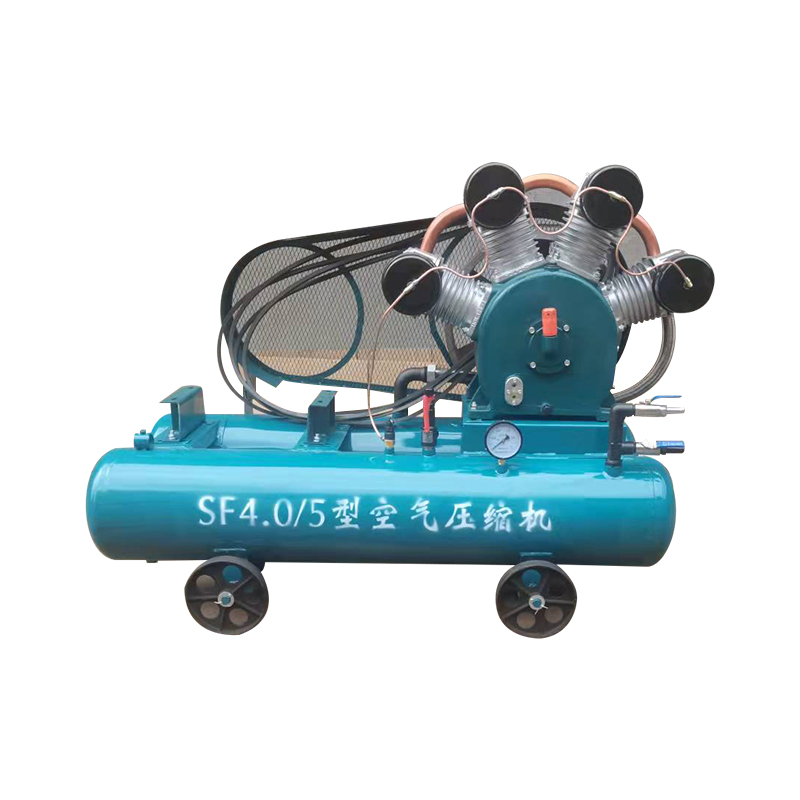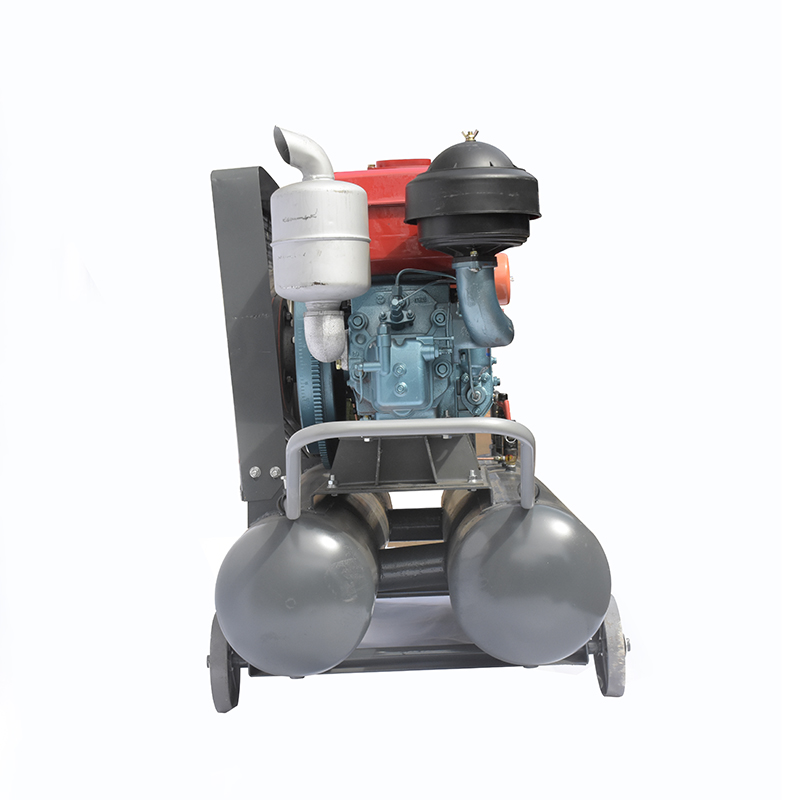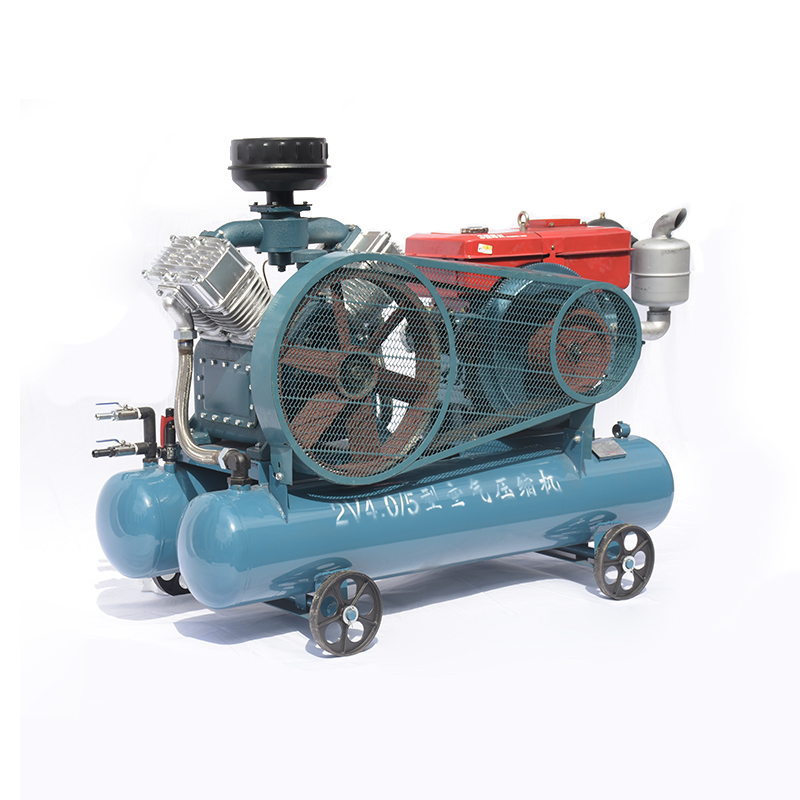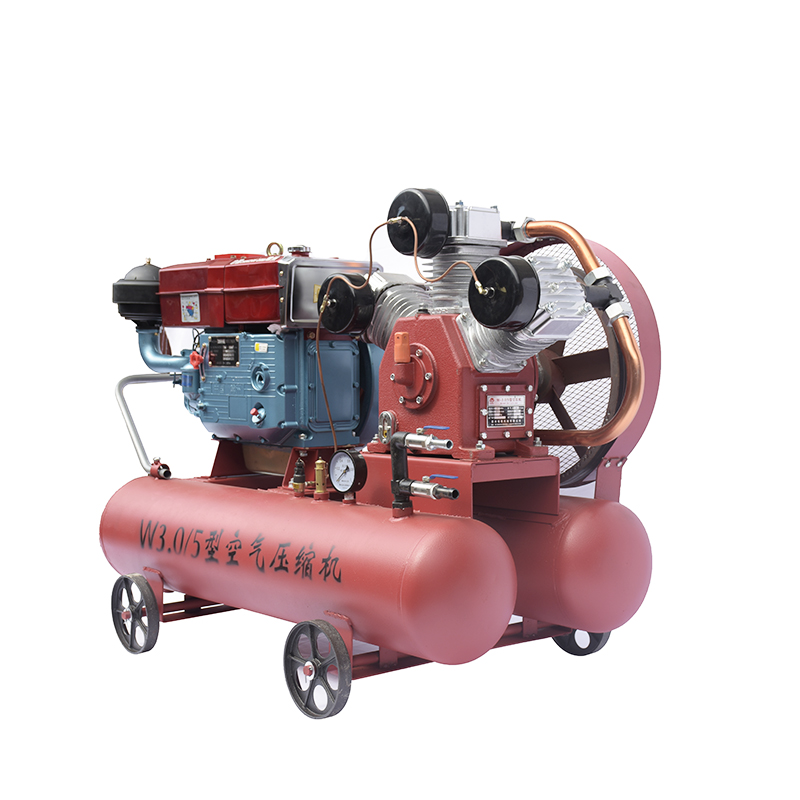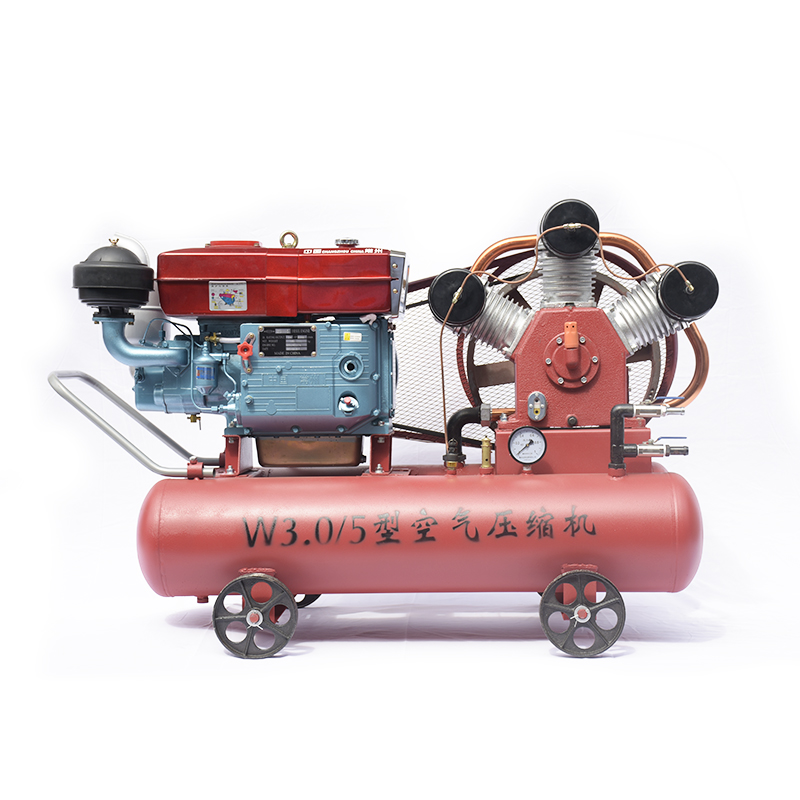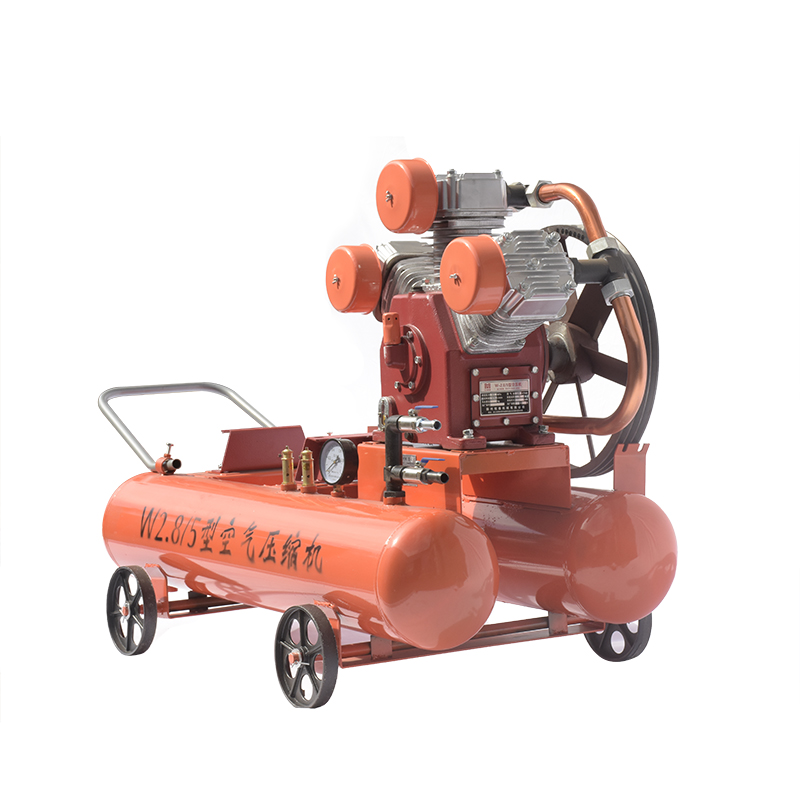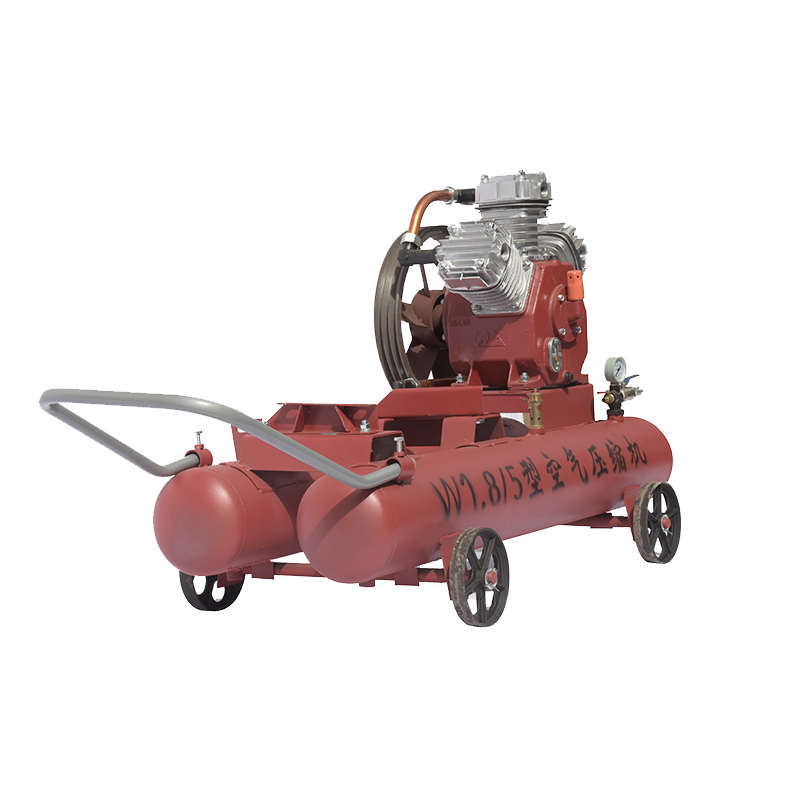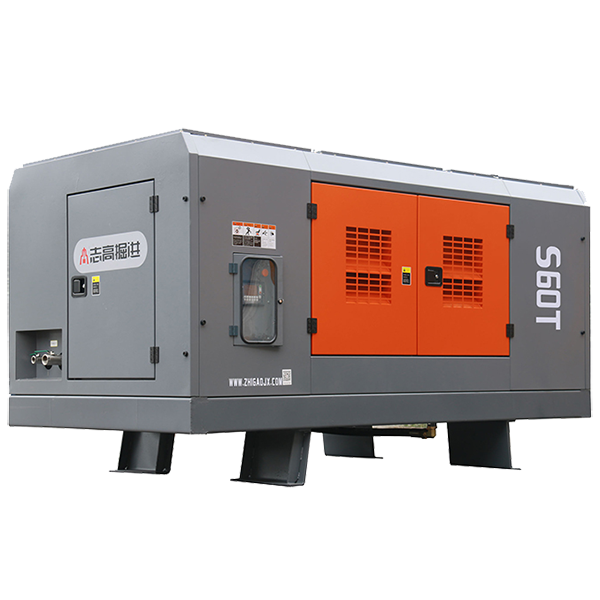Sandblasting requires strong air pressure to blast abrasive media through the nozzle and onto the surface. Without the aid of an air compressor of exceptional quality, this process will be inefficient, potentially causing harm to whatever is being cleaned. Air compressors are, therefore, a critical piece of equipment in any sandblasting effort.
To strip, clean, or etch surfaces, the powerful process of sandblasting utilizes compressed air and small abrasive particles such as sand. The necessary pressure for propelling these abrasive elements comes from an air compressor that also serves to provide a steady source of air to the sandblaster. Without this resource, the efficiency and effectiveness of this high velocity cleaning method would be diminished.
When looking for an air compressor for sandblasting, there are several factors to be taken into account. The first is how much air pressure is needed to achieve the desired results; bigger compressors tend to provide more than enough air volume for the task. Additionally, it is important that the compressor has the capability to maintain its pressure levels even while it is being employed so as to heighten handleability and efficiency.
Air compressors make up a diverse array of devices, which can be powered by either electric motors or gasoline engines, depending on the job that needs to be done. Electric types are great for smaller tasks, and are often more reasonably priced as well, making them perfect for smaller projects, such as those undertaken in an indoor workshop. On the other hand, gas-powered compressors offer much more horsepower and are hence perfect for more intensive labor, like sandblasting.
When picking an air compressor, don’t forget the appropriate sandblaster for the task. Sandblasters come in a variety of shapes and sizes – selecting the appropriate one can make or break the final outcome. Sandblasters can be either pressurized or suction-based, and which abrasive material to be used will be contingent upon the sandblaster model.
Selecting the right air compressor and sandblaster is only the start of the process – it is essential that safety measures are in place before sandblasting commences. The process can be harmful if not conducted safely; thus, it is imperative to have on eye, hand, and other forms of protection. Ventilation should also be optimal to prevent dangerous situations – processes such as regulators and pressure gauges can help allay risk. Ultimately, it is key to do research beforehand and ensure that the essential safety components are set up.
Sandblasting is an invaluable service, much reliant on the quality of the air compressor powering it. Taking the time to select the most suitable air compressor is integral in acquiring stellar results. With a reliable air compressor and sandblaster in tow, you can bring those surfaces to their most polished and pristine version in no time; a professional touch achieved without any hassle.
Harnessing the Power of Air for Sand Blasting
Powering away dirt, debris, and even paint, sand blasting is a widely used method of cleaning and polishing metal components and other surfaces. By shooting sand particles at high speeds, it is capable of removing rust and corrosion from a multitude of substances. In addition, it is employed to get ready surfaces for future coating and to restore the luster of old parts, such as engine blocks.
Powering sand blasting guns requires compressed air, and to generate it, you would need the help of an air compressor. Air compressors convert power – be it generated from an electric motor, a diesel engine or a gasoline engine – into rotational kinetic energy that will then be used to pressurize the air for sand blasting purposes. This pressurized air is then utilized to make sand blasting guns function.
From piston to rotary screw to centrifugal, a range of air compressors are available for purchase. Piston type are the most popular choice for sand blasting since they are affordable and yield consistent results. Rotary screws, albeit pricier, provide superior efficiency and can generate greater pressure. For heavyweight projects, centrifugal compressors are the preferred option as they pack more power and can handle rigorous demands.
Prior to obtaining an air compressor for sand blasting, it is essential to gauge the size of the compressor, in addition to carefully analyzing the air pressure and flow rate capabilities. The size of the compressor should be determined depending on the size of the sand blasting gun and the material it will be used on. Moreover, the required pressure must be capable of pushing out sand particles out of the nozzle with power. The flow rate should be sufficiently robust enough to ensure that sand is expeditiously propelled from the blaster’s nozzle.
For those looking to carry out sand blasting, finding the right air compressor is a necessity. Typically, piston compressors will provide plenty of power for smaller activities at home and for hobbies, yet when it comes to industrial projects, a rotary screw or centrifugal compressor may be the wiser decision.
For optimal compressor performance, it is essential to make sure that regular maintenance takes place. Inspections should be conducted on a regular basis in order to guarantee that all parts are functioning efficiently. Additionally, air filters ought to be routinely cleaned or swapped out, and oil should also be changed in accordance with the manufacturer’s guidelines.
From polishing metal to restoring bricks, sand blasting is an effective way to spruce up many surfaces, yet a powerful air compressor is essential. Depending on the size of the sand blaster and the material being worked on, multiple types of compressors may be available. To get maximum efficiency from your investment, make sure that the right model is picked then properly maintained.
Post time: 2023-08-09


